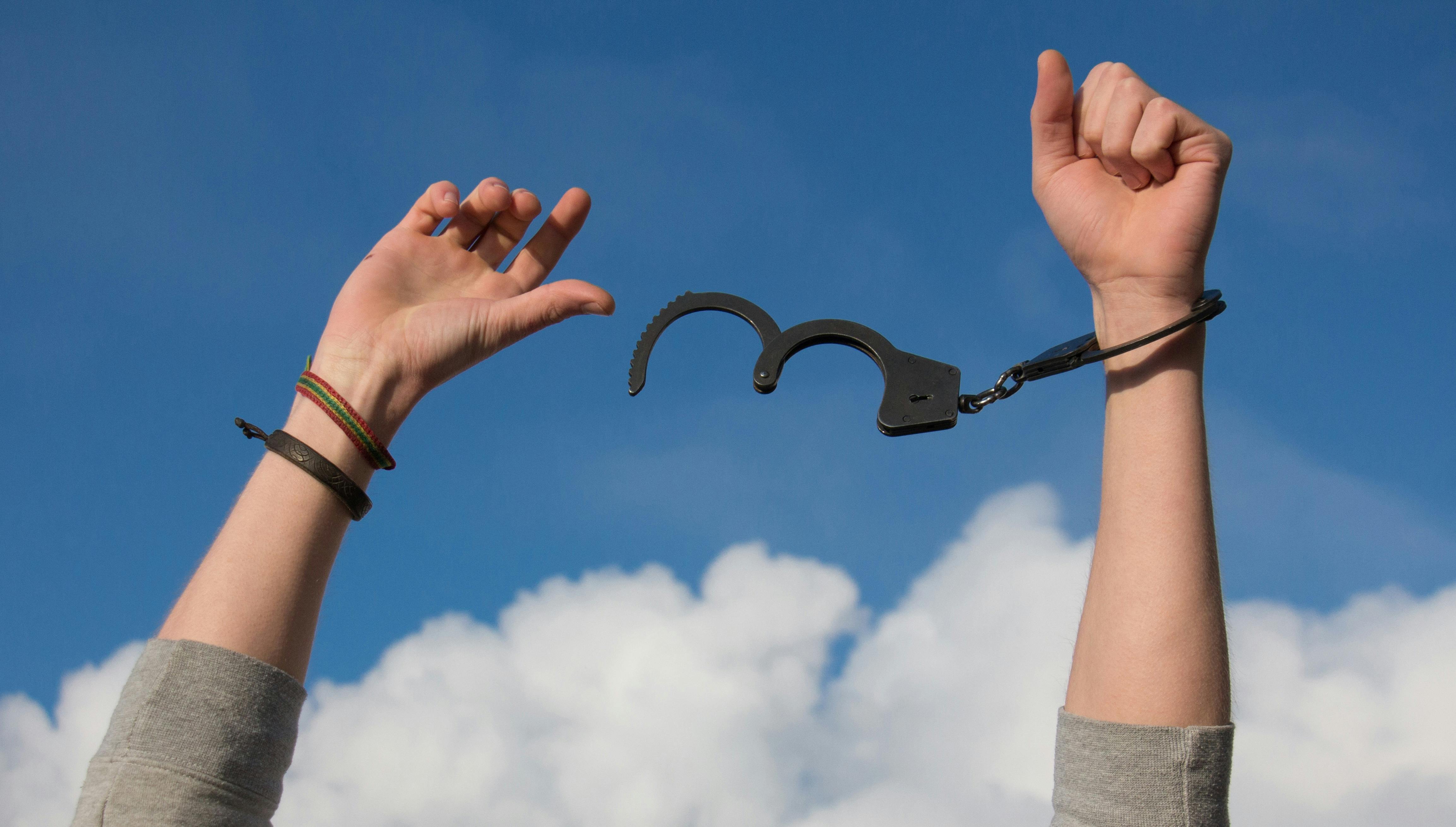Ever wondered why so many apps and tools give away their product for free? It’s not generosity—it’s strategy. Welcome to the freemium model, one of the most effective ways to grow a modern business.
The Power of Free
“Free” is magnetic. It lowers the barrier to entry and gets people using your product without hesitation. Once they’re hooked, a small percentage will happily pay for premium features. You don’t need everyone to pay—just the right few. That’s the brilliance of freemium.
Famous Freemium Wins
- Dropbox: By offering free storage, Dropbox made file sharing simple. Then it nudged users to upgrade when they needed more space. Even better, it added a referral system—invite a friend, get extra storage—which turned users into the marketing team.
- Spotify: Millions listen free with ads, but power users who crave unlimited, ad-free music subscribe. The upgrade is an easy decision once free users hit their pain point.
- LinkedIn: Everyone can network for free, but recruiters, job-seekers, and sales pros often need premium tools. LinkedIn designed its “freemium funnel” to make that upgrade path crystal clear.
Why It Works for Students and Startups
Freemium is perfect if you’re just starting out. You can launch fast, test what features people care about, and learn from their behavior. As your audience grows, you refine the “moment of upgrade” to capture real revenue.
The Takeaway
You don’t need to charge upfront to build a serious business. Sometimes, the smartest move is to give away just enough to create trust, adoption, and demand.
So here’s a question for you: What could you offer for free today that makes people eager to pay tomorrow?
👉 Want more quick lessons from the world of business and money? Subscribe to Quick Insights for daily strategies that make big ideas simple.

